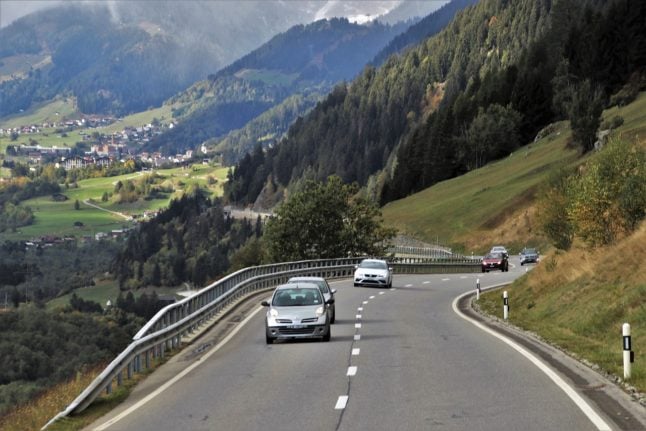The scheme forms part of the Social Democrat-Green government's budget proposal this autumn. It was supported by the leading coalition party, the Social Democrats, but mainly pushed through by the Left Party, on whose support the government relies to get its budget through parliament.
“A majority of young unemployed people today have no driving licence, while employers require one in order to hire them. Giving young people the chance to get a driving licence is thus a smart investment to get more young people into work,” Prime Minister Stefan Löfven told Aftonbladet.
The proposal would mean that everyone who has graduated from school would be able to borrow a maximum of 25,000 kronor (almost $3000) from Sweden's student loan agency CSN to pay for driving lessons.
The process of getting a driving licence currently costs on average 15,000 kronor, according to Körkort Online, but the price varies significantly depending on how successful you are and where you live.
“For many people this is a lot of money; many can't afford to get a licence. So we think that this will help get young people onto the labour market,” said Left Party leader Jonas Sjöstedt.

From left, Karolina Skog, Stefan Löfven, Isabella Lövin and Magdalena Andersson. Photo: Janerik Henriksson/TT
The scheme was announced on Tuesday morning, ahead of a press conference at which the Prime Minister presented a series of separate measures included in the budget proposal.
Joined by Finance Minister Magdalena Andersson, Environment Minister Karolina Skog and coalition partner Green Party leader Isabella Lövin, the afternoon announcement focused on the environment.
Löfven referred to the budget as Sweden's biggest ever investment in climate-related issues.
“We're taking responsibility for the climate challenges instead of lowering taxes and making cuts,” he told reporters.
Andersson listed climate investments of up to 12.9 billion kronor in the next four years, including 200 million kronor for urgent railway maintenance (and 5.9 billion in 2019-2020), 250 million for improving city environments, and 500 million in financial contributions to buyers of electric and hybrid cars.
“This is a unique initiative, we have never had anything similar,” commented Lövin.
Budget proposals, which the Finance Minister is expected to formally present to parliament later this month, began trickling through after Midsummer. Some of the suggested schemes announced so far include raised income taxes and 10 billion to help local authorities cope with the refugee influx.




 Please whitelist us to continue reading.
Please whitelist us to continue reading.